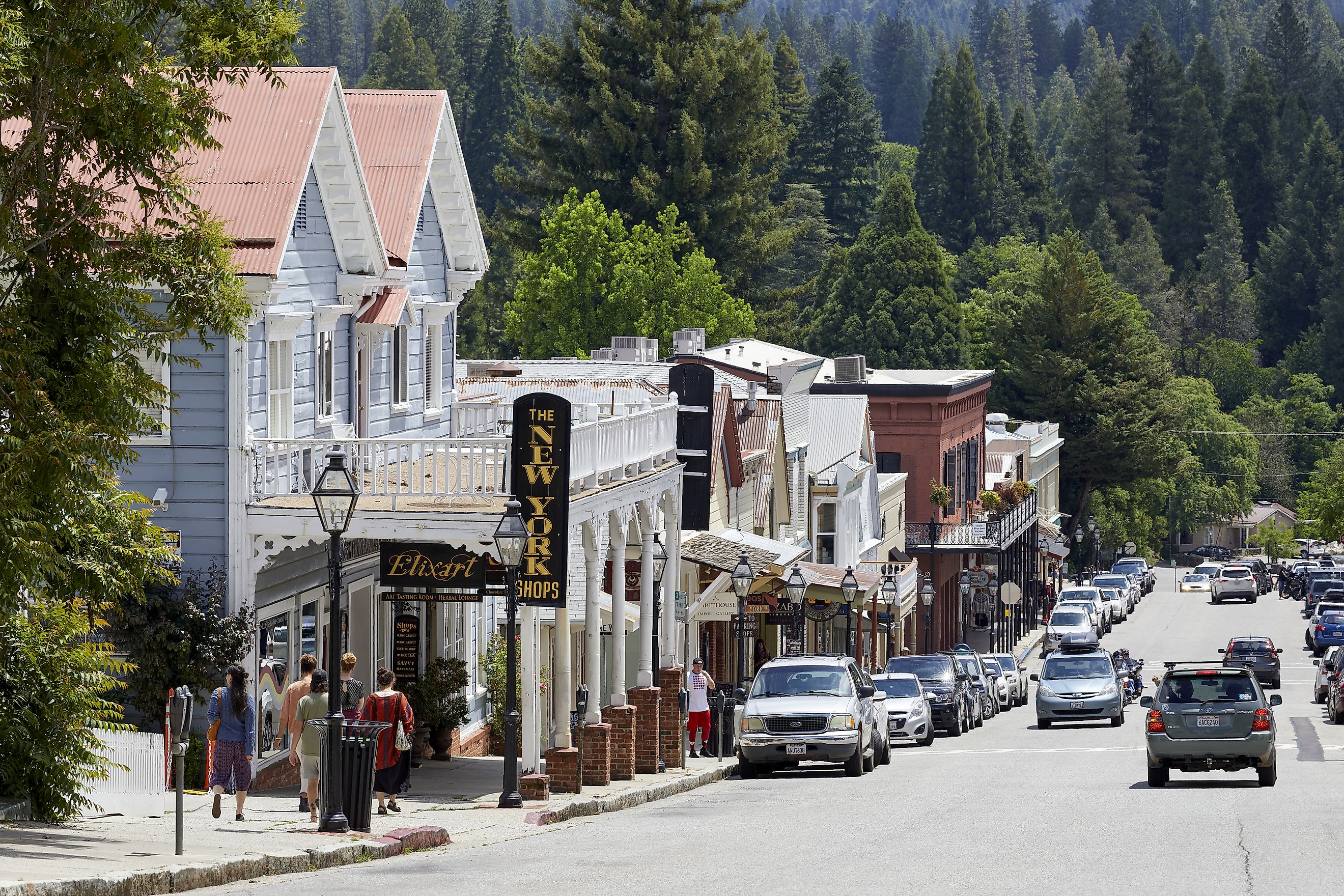
7 Most Historic Small Towns to Visit in California
Although one of the “newer” US states (it became #31 in 1850), California is certainly not without an interesting past. Spread across the “Golden State” are countless destinations that encapsulate its storied past, among them many small towns that played pivotal roles during the state’s formative years.
Although often overlooked by larger cities and better-known landmarks and attractions, these lovely communities provide an equally engaging exploration of the state’s history. From the Gold Rush era to the early days of Spanish missions, these seven most historic small towns to visit in California are waiting to be discovered.
Nevada City

Located in the Sierra Nevada foothills mid-way between Sacramento and Reno, NV, Nevada City is a prime example of a well-preserved Gold Rush town. Founded in 1849, it quickly became one of California’s wealthiest mining towns, its historical significance cemented by its becoming the site of the first Transcontinental Railroad route and the first long-distance telephone line in the United States.

You can get a feel for this early wealth and importance with a visit to historic landmarks like the Nevada Theatre, built in 1865 and California's oldest continuously operating theater; and the Firehouse No. 1 Museum, constructed in 1861 and showcasing artifacts from the Gold Rush era. Both are located in the town's historic district along with many other well-its preserved Victorian buildings.
Sonoma
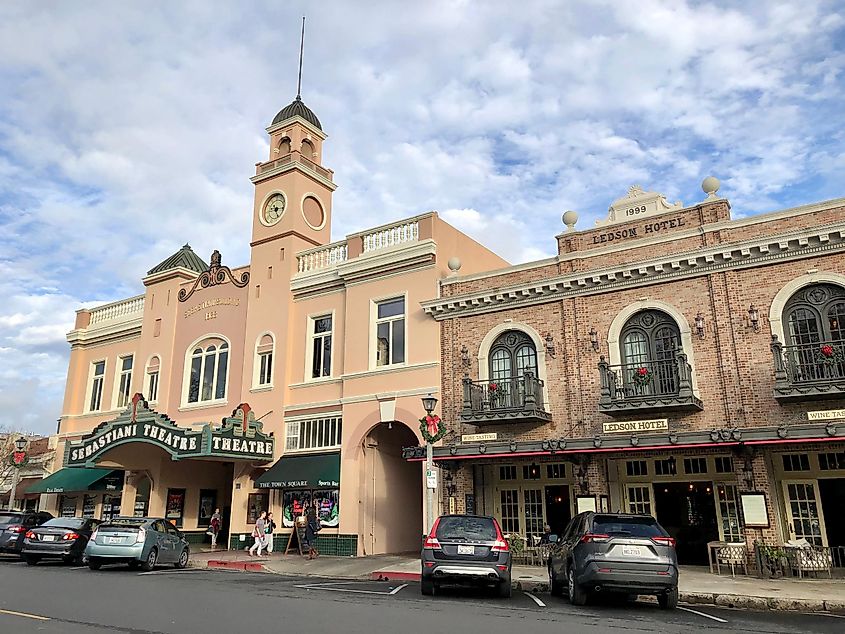
Sonoma is situated in the heart of Northern California’s wine country and has established itself as a worthy rival to neighboring Napa Valley for the quality of its wineries. Founded in 1835 by Mexican commandant Mariano Guadalupe Vallejo, Sonoma was the site of the Bear Flag Revolt in 1846, the event which led to California's independence from Mexico. The town’s central plaza, Sonoma Plaza, is where much of this fascinating history occurred and is now a National Historic Landmark and the largest plaza in California.
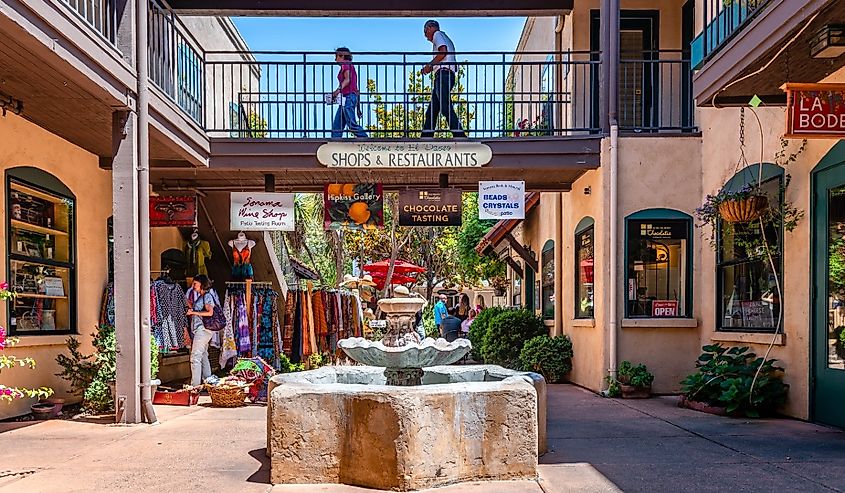
Other key attractions include Mission San Francisco Solano, part of Sonoma State Historic Park and the last and northernmost of the 21 California missions; and the Sonoma Barracks, constructed in 1835 and used to house Mexican soldiers. The town is surrounded by rolling hills and vineyards, adding to its charming setting, with tours and tastings available at some of the best including Gloria Ferrer Caves & Vineyards.
Monterey
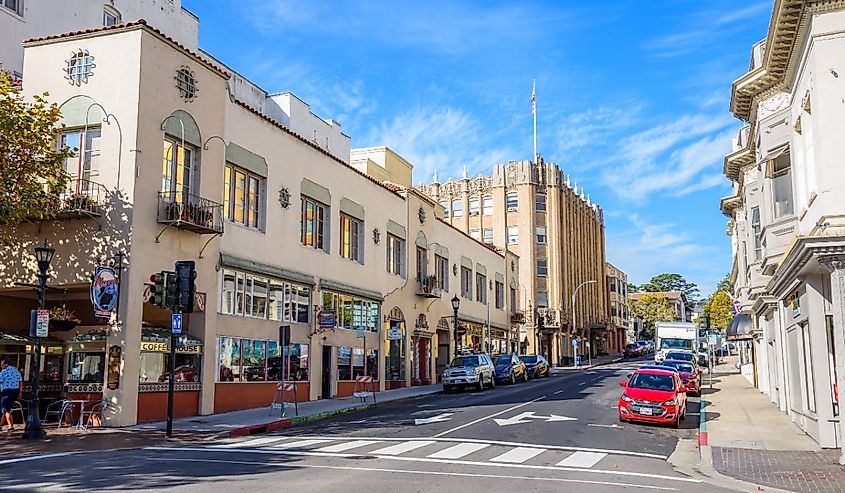
Monterey’s location on California’s central coast led to its playing a significant role in the state's early history. Founded in 1770 by Spanish explorers, it was the capital of Alta California under Spanish and Mexican rule and served to protect these countries’ interests in the region. Visit the town's historic district today and you’ll see numerous restored buildings from the past, including the Old Custom House, built in 1827 and California’s oldest government building, and Colton Hall where the California Constitution was drafted in 1849. Monterey State Historic Park provides an informative walking tour of these and other significant sites.

The town’s Cannery Row is another must-visit. Immortalized by John Steinbeck’s novel of the same name, this fascinating district reflects Monterey’s 20th-century sardine canning industry along with the people who worked there. Notable geographic landmarks nearby include Monterrey Bay, with superb views on offer along the scenic 17-Mile Drive.
San Juan Bautista
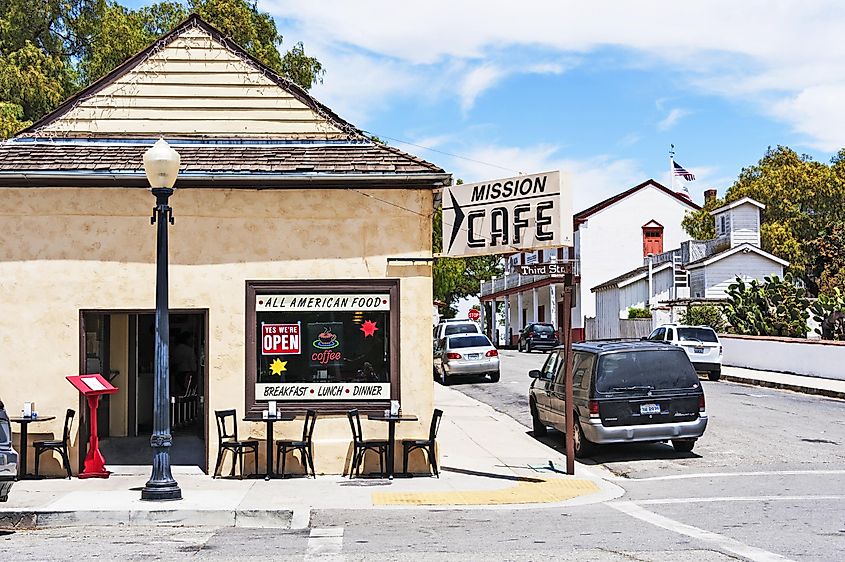
Located just 45 miles southeast of San Jose, San Juan Bautista is a quintessential historic town with roots tracing back to 1797 when Mission San Juan Bautista was founded. An important part of the Spanish mission system, this historic attraction still functions as an active parish and is fun to explore. The town surrounding the mission has managed to preserve much of its original layout, including the Spanish Plaza and several 19th-century adobe structures, making it a great destination for those who enjoy self-guided walking tours.
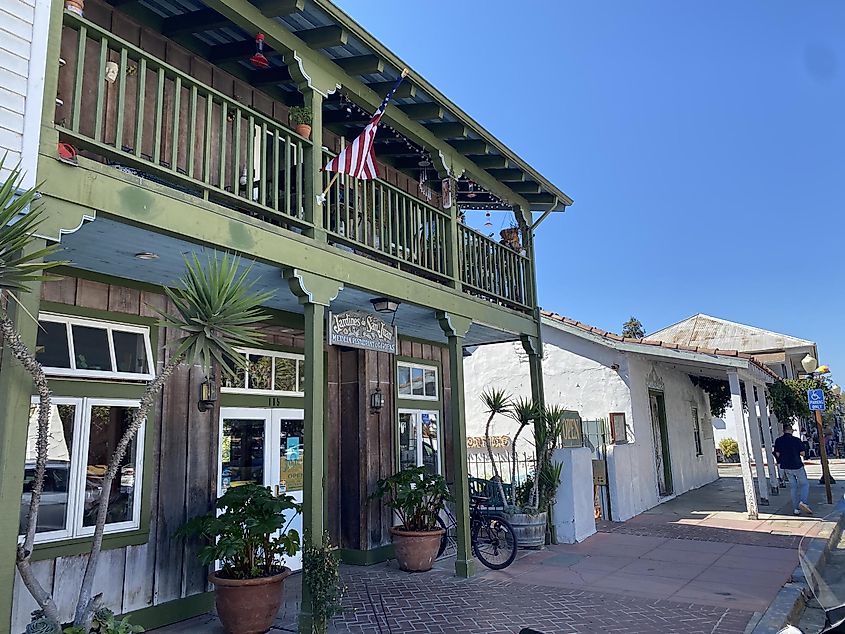
Along the way, you’ll find notable historic sites including San Juan Bautista State Historic Park, which offers a glimpse into the life of early settlers through preserved structures like the Plaza Hotel and the Castro-Breen Adobe. The town is also famous for its appearance in Alfred Hitchcock’s film Vertigo, adding a cinematic layer to its already fascinating history.
Benicia

Benicia is set overlooking the San Francisco Bay Area and is steeped in Californian history. Founded in 1847, it briefly served as the state capital from 1853 to 1854 before that honor moved to Sacramento. You can get a taste for this important period of time at the Benicia Capitol State Historic Park which preserves the original capitol building and provides fascinating insights into the early legislative history of California.
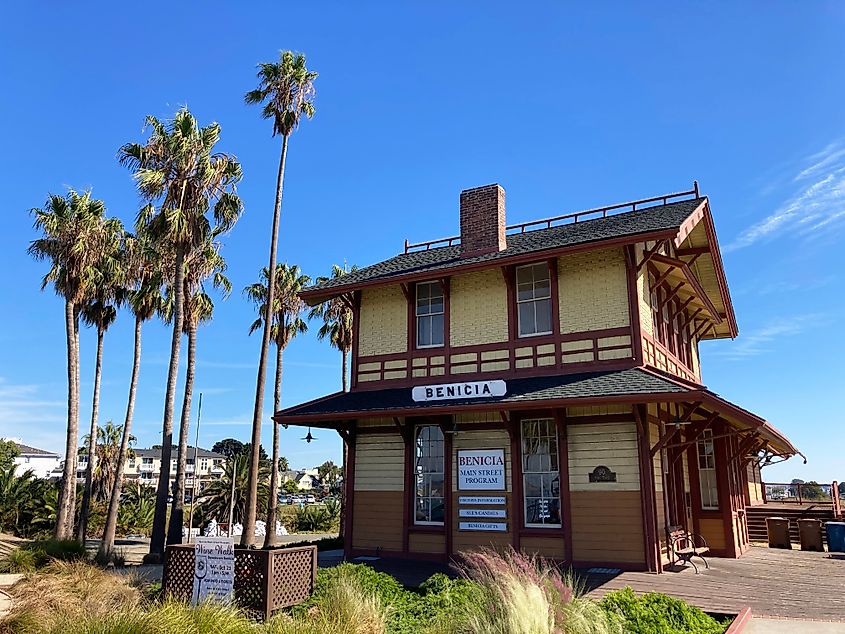
The town’s waterfront location made it an important military and industrial hub in the 19th century, with the Benicia Arsenal, which operated from 1849 to 1964, playing a significant role during the Civil War. The Benicia Historical Museum, housed in a former military building, offers extensive exhibits on the town’s military and industrial past, while Benicia’s Historic Downtown District is home to many examples of well-preserved Victorian architecture now housing everything from boutiques to seafood restaurants.
Placerville

Still often referred to as “Old Hangtown” for the vigilante justice carried out here in its early years, Placerville was established during the California Gold Rush in 1848 in the mineral-rich Sierra Nevada foothills. It quickly became a prominent mining town, with many historic sites from this period still around to be visited. These include the Placerville Bell Tower, erected in 1835 and used to signal the start of the workday in the mines; and the Fountain & Tallman Soda Works, now a museum showcasing artifacts from the Gold Rush era.

Interested in going underground for a mine tour? Visit the Gold Bug Park & Mine which offers fun tours of an authentic 19th-century gold mine. Be sure also to include the nearby American River on your Placerville itinerary as it provides opportunities for outdoor activities like rafting and hiking.
Ferndale

Ferndale is located in the northwest corner of California close to the state border with Oregon and is a great place to visit for its well-preserved Victorian-era architecture. Founded in 1852, this charming town quickly became a dairy farming hub, a factor that contributed to its early prosperity. The entirety of the town’s Main Street is now a historic district listed on the National Register of Historic Places and is home to some of the most elegant Victorian-era storefronts and homes in the West.

More can be learned about the town’s early years at the Ferndale Museum which showcases the town’s early agricultural history, and at the Victorian Inn, a grand hotel dating back to 1890 and still makes for a wonderfully romantic getaway spot. Geographic landmarks such as the nearby Lost Coast and the Humboldt Redwoods State Park offer lovely natural scenery and outdoor activities and are also worth exploring.
The Final Word
Exploring California’s historic small towns offers a unique opportunity to discover more about the Golden State’s diverse past. Each town provides a distinct narrative covering everything from Gold Rush prosperity and Spanish missions to early statehood and Victorian-era elegance. Together, these seven most historic small towns to visit in California offer a fascinating journey into some of the country’s most colorful history.











